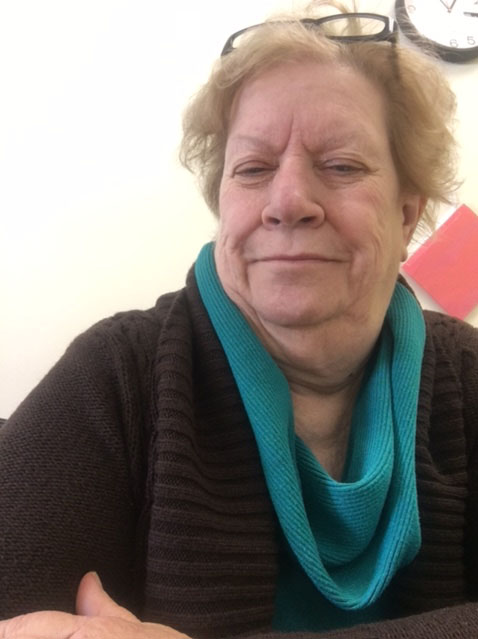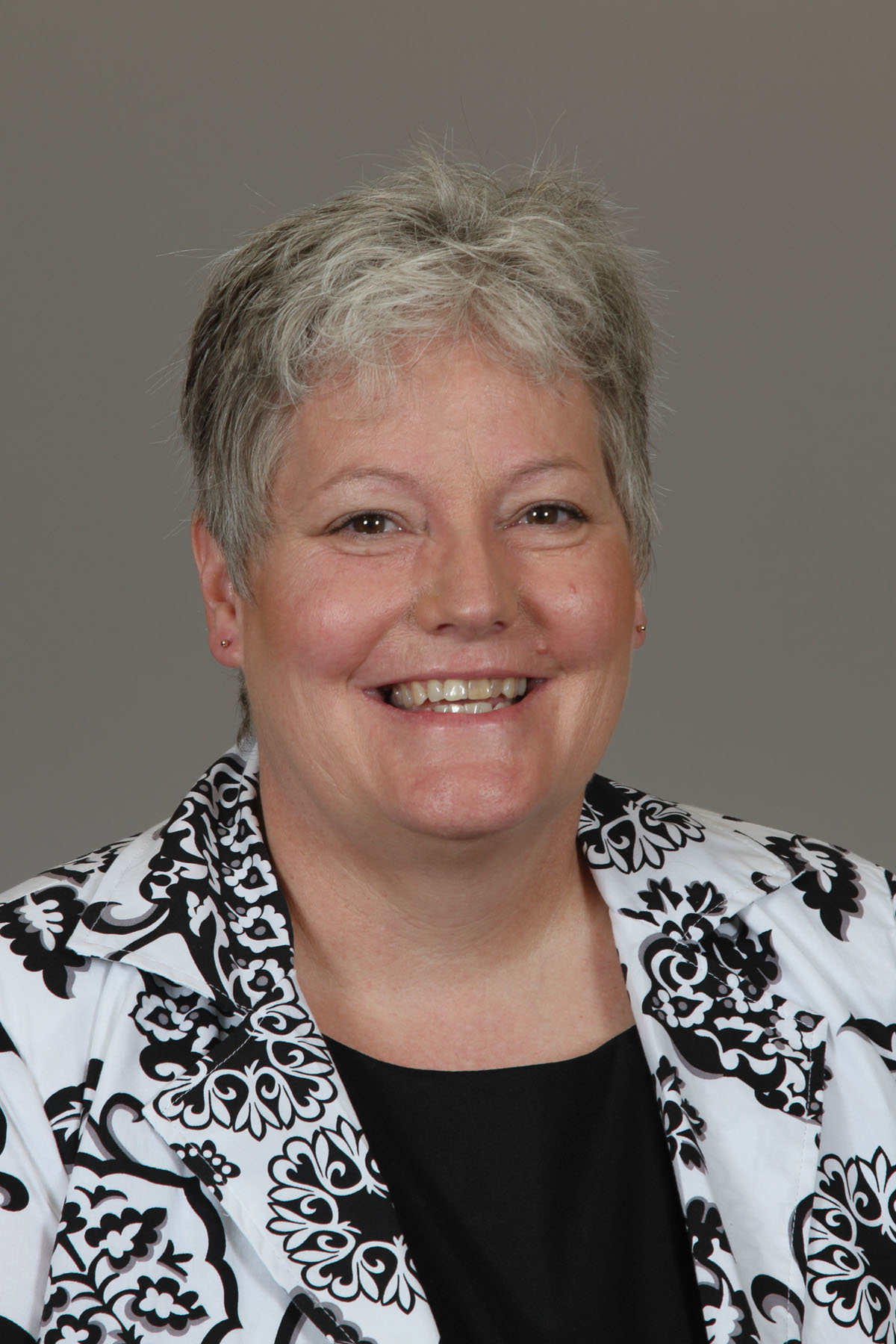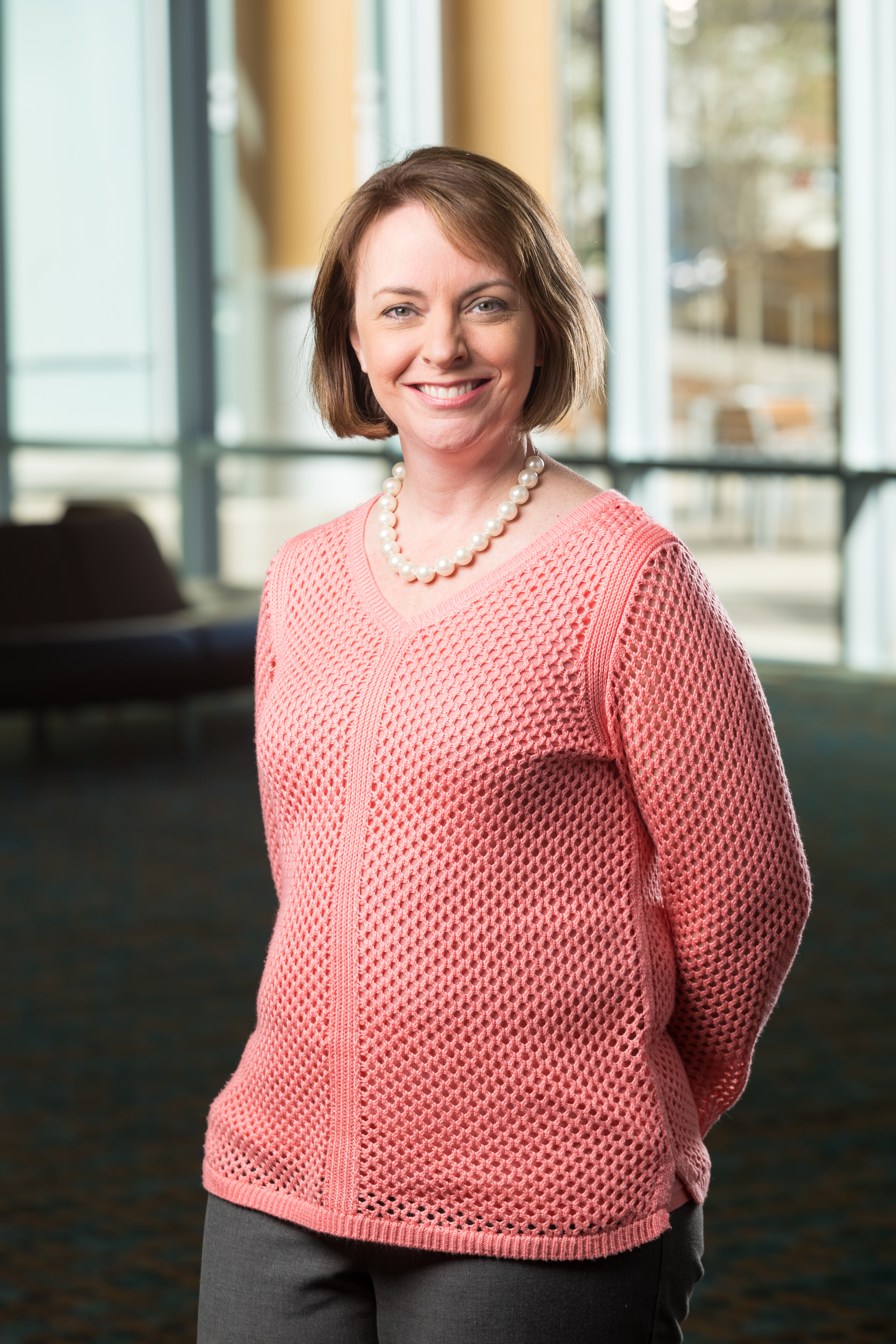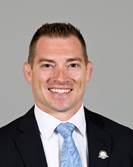2017 Fall Conferences
Follow NSTA
By
Posted on 2018-01-26
Sometimes finding the right book or article can be the key to opening our minds to new ideas. A few years back, NSTA published a special journal series on the NGSS, and I recently re-read a few of them. Three in particular highlighted teachers’ experiences in retooling lessons to be more three-dimensional. These articles are timeless, and I find something new each time I read them. I hope you do, too.
 Kathy Renfrew
Kathy Renfrew
Field Editor, Next Gen Navigator

Betsy O’Day
Making the Transition to Three-Dimensional Teaching by Betsy O’Day (Science & Children, Summer 2016)
As an elementary educator, it was inspiring to re-read O’Day’s article because I was reminded how the EQuIP rubric allows us to use existing instructional materials, but in a different way. With the NGSS, we need to look at current materials through multiple lenses to evaluate alignment, instructional supports, and assessment. The needed changes may be small and subtle, but they are very important. For example, O’Day discusses scale of the model, and points out that instead of asking if the setup of the model is in the correct scale, the teacher might ask students what is incorrect in the model and how it might affect conclusions.
Sometimes the materials we are using only partially address the standard, and we must provide the additional opportunities students need to attain proficiency. When using pre-NGSS materials, teachers need to consider if additional instructional supports should be brought into the lessons, or if the materials lend themselves to differentiation. Assessment opportunities are also important components and considered when deciding if the materials are appropriate.
My other huge takeaway from this article is that it is okay to go slowly. Getting it right is a process, and will take some time.

Carolyn Higgins
Evaluating the Egg Drop by Carolyn Higgins (Science Scope, Summer 2016)
I love egg drops! Although Higgins did, too, she knew that the egg drop as a stand-alone lesson wasn’t going to make it in the NGSS world. Rather than discarding it, she adapted her lesson to meet the NGSS. She makes the lesson relevant and meaningful by connecting it to real-world issues that interest her students and engage them in the learning. Since implementing the NGSS in my classroom, Higgins has seen an increase in engagement with all learners. From the highest achievers to the students needing support, the NGSS seems to be a positive influence on their understanding of the natural and designed world.

Mike Fumagalli
Crafting a Masterpiece: Use the EQuIP Rubric to Transform Your Teaching by Mike Fumagalli (The Science Teacher, Summer 2016)
Fumagalli shares suggestions for making the transition from old standards to three-dimensional instruction easier and less threatening. He notes that at first glance, the EQuIP Rubric may be overwhelming, but approached strategically, it provides unparalleled clarity about how the NGSS classroom differs from traditional student experiences. Using an analogy of his experiences in installing a new dishwasher at his home, he helps us better understand the process of transitioning. He prepared a “Quick Startup” guide that recommends teachers be fearless, be reasonable, be intentional, be honest, and be a team.
This article was featured in the January issue of Next Gen Navigator, a monthly e-newsletter from NSTA delivering information, insights, resources, and professional learning opportunities for science educators by science educators on the Next Generation Science Standards and three-dimensional instruction. Click here to access the archive of issues and to sign up to receive the Navigator every month.
Visit NSTA’s NGSS@NSTA Hub for hundreds of vetted classroom resources, professional learning opportunities, publications, ebooks and more; connect with your teacher colleagues on the NGSS listservs (members can sign up here); and join us for discussions around NGSS at an upcoming conference.
The mission of NSTA is to promote excellence and innovation in science teaching and learning for all.
Future NSTA Conferences
National Conference
2017 Fall Conferences
Follow NSTA
Disclaimer: The views expressed in this blog post are those of the author(s) and do not necessarily reflect the official position of the National Science Teaching Association (NSTA).
Biology Crosscutting Concepts Curriculum Disciplinary Core Ideas Earth & Space Science Environmental Science General Science Inquiry Instructional Materials Lesson Plans Multilingual Learners NGSS Phenomena Physical Science Physics Science and Engineering Practices STEM Teaching Strategies Three-Dimensional Learning Middle School Early Childhood Elementary High School Informal Education Preschool